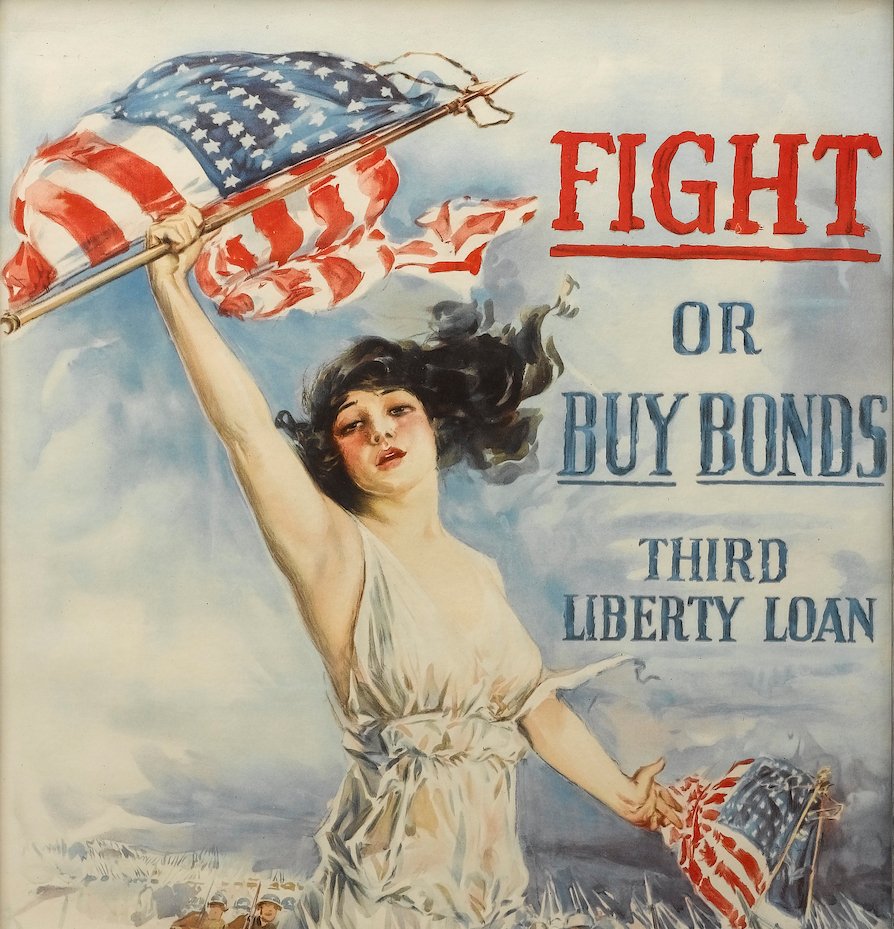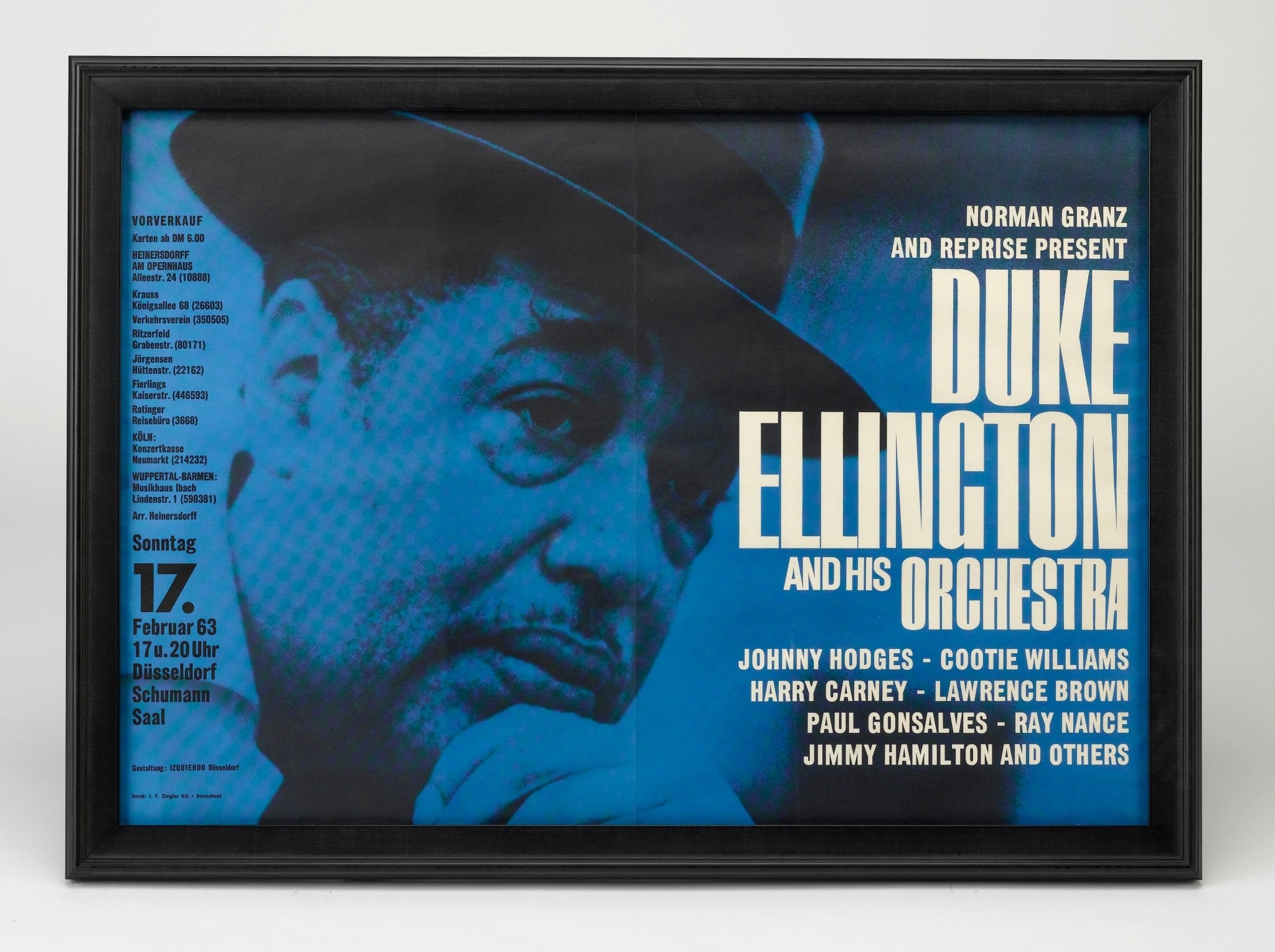The Bellamy Eagle
John Haley Bellamy (April 5, 1836 – April 6, 1914) was an American folk artist based out of New England and known for his highly stylized carved wooden eagles and decorative items. His work was primarily designed for the fronts of ships and homes.
Bellamy was born in Kittery, Maine in 1836 and stayed there for the majority of his career. Although carving was his primary line of work, he never considered himself to be a traditional artist and he is not known to have signed his pieces. Nowadays, carvings that Bellamy produced can cost as much as $160,000 at auction, and larger pieces have sold for $660,000.
Bellamy Style Hand-Carved New England Pine Eagle
Early- to Mid-20th Century
John Haley Bellamy’s iconic style of carving eagles became so well known that they soon were labeled the “Bellamy Eagle.” They were highly prized for their quality and attention to detail. Bellamy’s eagles were carved in a stylistic manner, to show individual feathers but also evoke a sense of mass and movement in the wings. Every eagle carved by Bellamy was unique, yet they had certain common characteristics:
- The beak was generally broad and flattened on top. The front meets or hangs over the bottom, giving it a rectangular hook.
- The eyes sockets were heavily incised
- The wings were hollow or dark underneath, giving eagles the illusion of lift and flight.
Bellamy’s first eagle carving commissions were for large eagles in the round or long, wide forms for commercial and civic clients. The Bellamy Eagles were commonly two-feet-wide and painted plaques. They were easily transportable, affordably priced (only one or two dollars apiece), and often included political, religious, holiday, or personal statements on the front. Common phrases depicted on the eagles were “Don’t Give Up the Ship” or even “Merry Christmas!” The Bellamy eagle easily appealed to a broad spectrum of clientele.
American Hand-Carved "Live & Let Live" Eagle
Eagle with Shield
Mid 20th Century
Presented above is a 20th century eagle, produced in the Bellamy Style. Take note of the slogan “Live and Let Live” painted across the banner. Both of the eagle's wings are fully extended, as if in mid flight, which was a common Bellamy attribute. Deep eye sockets and a curved beak also fit with the Bellamy style, as well as the detailed and intricate carving. The wings and body of the eagle are hand gilded, and the gilt is in impeccable condition.
Craig, James A., New Discoveries Concerning the Bold Art of John Haley Bellamy. Incollect, Antiques & Fine Art, Nov. 2014.









